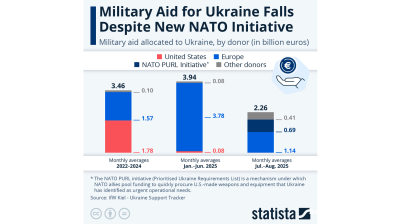Russia’s Ministry of Finance is on a tear as it got another no-limits bond auction for its ruble denominated OFZ treasury bills away, setting a fresh record. In two fixed coupon OFZ auctions, Russian debt managers collected RUB124.6bn ($1.9bn) in total, Raiffeisen Bank (RZB) reports.
“The long-maturity 15yr OFZ attracted almost RUB40bn, while the rest was sucked up by the 2024 paper. The favourable external backdrop (i.e. mainly in the form of more favourable G2 central bank backdrop) as well as a certain sanctions “fatigue” combined with recently improved Russian economic fundamentals (i.e. mainly faster than expected CPI growth moderation) continue to attract various investor groups to Russian local debt, likely still including foreign investors,” said Stephan Imre, an analyst with RZB, in a note.
Russia’s Ministry of Finance has held a series of record breaking auctions this year after a dearth last autumn when the ministry had to cancel several auctions because of the lack of demand.
Demand from foreign investors for the OFZ, the Ministry of Finance workhorse bond, has turned into something of a barometer of foreign investors' sentiment towards the Russian market. OFZs were hot at the start of last year when most bond investors were overweight, but following the April 6 round of sanctions sentiment cooled and there was a RUB500bn sell off; the share of foreign investors in OFZs fell from a record 34% in April to finish the year at about 25%. However, since the start of this year the share of foreigners in OFZs has been creeping up again and was back to 30% as of the start of April.
Imre speculates that the share of foreign investors will probably continue to increase in March and April thanks to a number of factors. Russia’s macro economy is in rude health with strong tax collection and pre-crisis high gross international reserves (GIR). The economy is back into a triple – trade, currency account and federal budget – surplus, adding to the appeal of its high-yielding bonds that pay circa 8% per year in a world of near-zero interest rates.
Add to this the fading fears of more punitive US sanctions on Russia and the US Federal Reserve bank's signals that it will not tighten monetary policy more this year.
While the Defending American Security Against Kremlin Aggression Act (DASKAA) sanctions are due to be considered by the US Congress in the first half of this year and could target more Russian companies as well as the sovereign bonds, investors clearly feel the danger of really painful new sanctions is fading. The most painful part of last year’s April sanctions on Russian oligarch Oleg Deripaska and his Rusal aluminium producer have been dropped and in the last week Deripaska said he was in talks with the US Treasury Department (USTD) about dropping sanctions on his carmaker GAZ as part of renewed joint venture negotiations with Germany’s Volkswagen.
Finally bond investors were further buoyed by the milder than expected inflation feed through from a hike in the VAT rates implemented at the start of this year. While no one expects a rate cut at the next Central Bank of Russia (CBR) meeting due later this month, analysts are speculating that monetary easing may resume in the third quarter.
“Although we continue to expect another US sanctions round, it might be not necessary to respond with another rate hike (still our base case) from a CBR point of view. Our conviction regarding the latter has indeed decreased significantly and we will watch next week’s rate setting meeting closely for a possible revision of our base rate forecasts,” Imre said.
News

Mongolia’s PM ousted as party infighting topples government
Right to challenge sacking means battle may not be over. Observer says confrontation is linked to desire for control of country’s vast coal resources.

Ex-chairman of Istanbul-listed Sisecam hit with travel ban in Can Holding investigation
Company is controlled by "Ataturk" bank Isbank, which has previously been in the crosshairs of Turkish president Erdogan.

Ghana’s dormant TOR refinery to restart crude operations by October-end
Ghana has long struggled to translate its crude output into refined fuel security. Successive governments have pledged to revive TOR, which has faced years of debt, mismanagement, and technical breakdowns.

No Tomahawks for Ukraine, Trump to meet Putin in Hungary
The US cannot deplete its own stockpile of Tomahawk cruise missiles by supplying them to Ukraine, President Donald Trump said at a press conference on October 16 following a phone conversation with Russian President Vladimir Putin.


